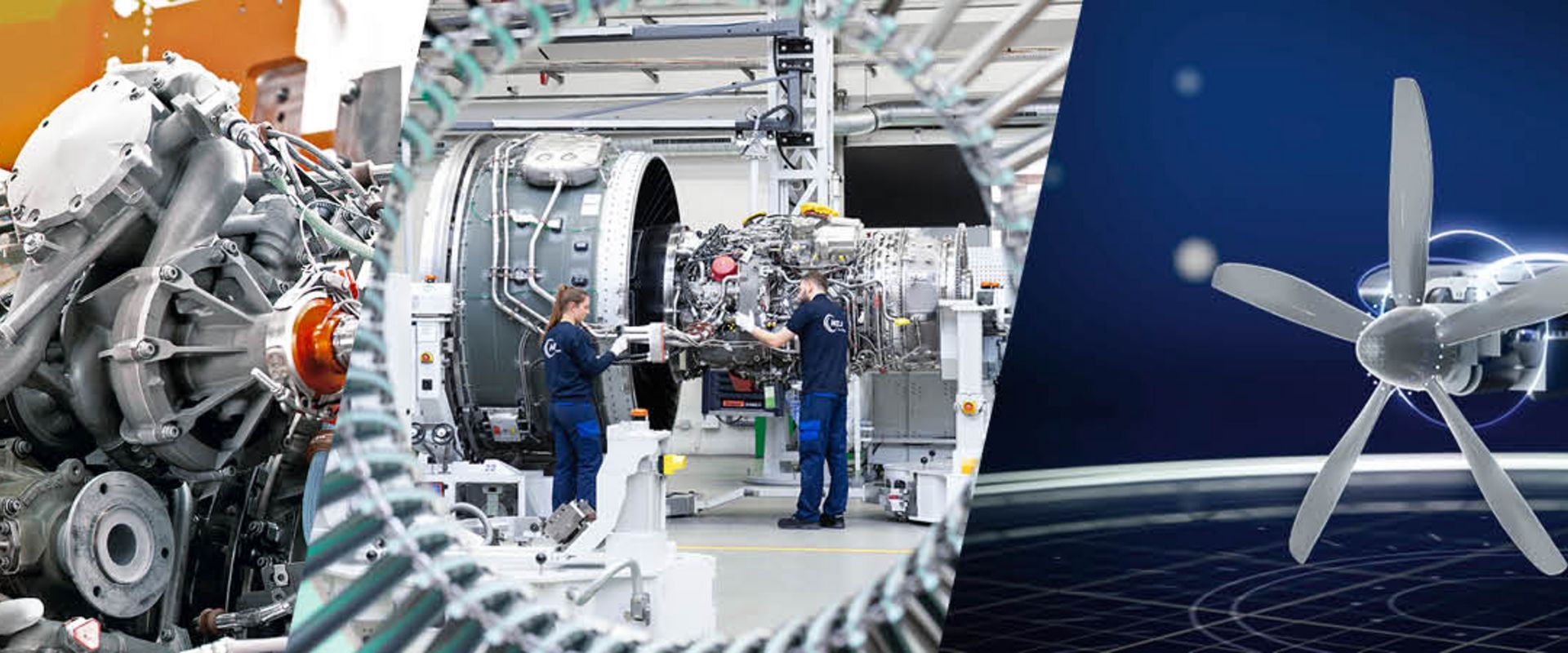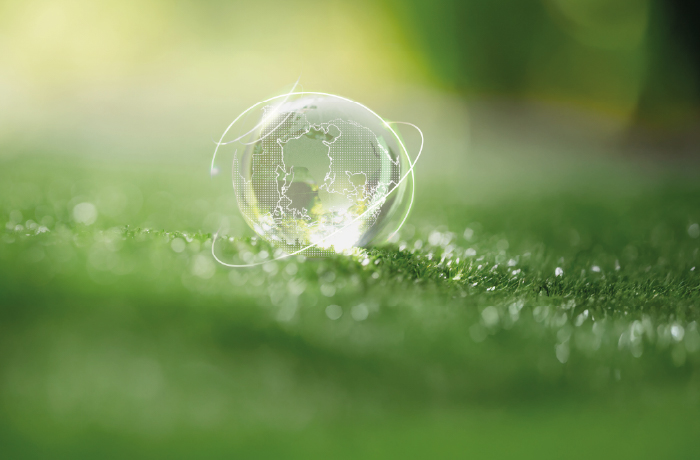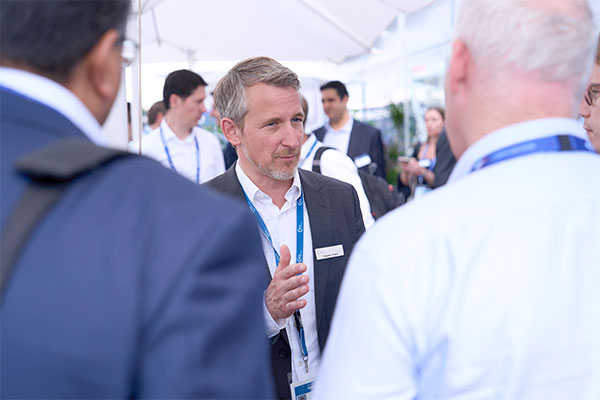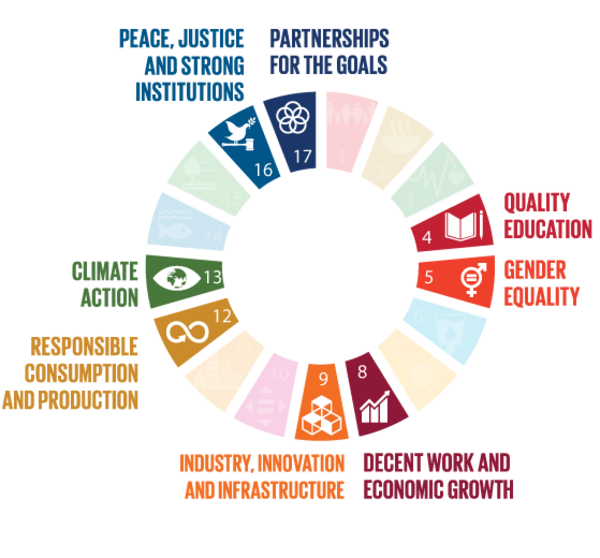Driven forward by sustainability
Sustainability and innovation go hand in hand at MTU. We combine commercial success with social and ecological responsibility. This responsibility underpins our dealings with our employees, customers, partners, and society. As a participant in the UN Global Compact, we are committed to observing its ten principles of respect for human rights, fair working conditions, environmental protection, and prevention of corruption. For us, sustainable management is key to MTU’s success and future viability. In this way, we remain competitive in the long term, develop new business areas, minimize risks, and actively take on economic, ecological, and social challenges.








